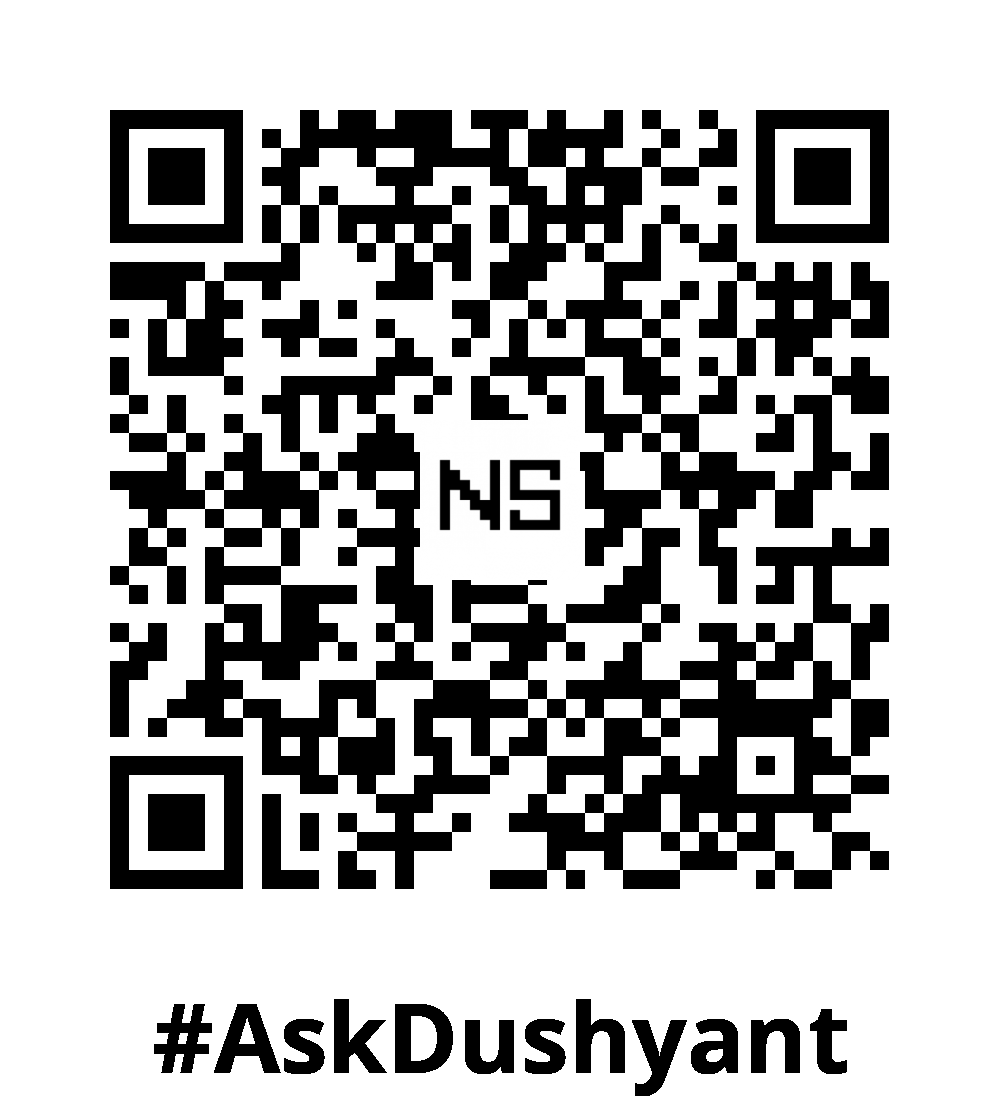Two-Factor Authentication (2FA) has become a security standard, enhancing the protection of sensitive user data. Leveraging over 18 years of experience in the tech corporate world, I have consistently delivered innovative multiple solutions to requirements and led teams to enhance organizational tech performance. Drawing on this expertise, Among various 2FA methods, TOTP (Time-Based One-Time Passwords) stands out due to its simplicity and strong security model. This tech concept, provides a Python-centric walkthrough to help developers integrate TOTP-based 2FA into their applications.
What is TOTP?
TOTP is a time-sensitive one-time password based on a shared secret key and the current timestamp. It uses the HMAC-based One-Time Password (HOTP) algorithm and a moving factor (time). When paired with an authenticator app like Google Authenticator, users can generate secure, ephemeral codes.
Why Use TOTP for 2FA?
- Enhanced Security: Adds a dynamic layer of protection to static passwords.
- Convenience: Users can rely on widely-used authenticator apps.
- No Internet Required: TOTP generation works offline, requiring no network connection.
Setting Up TOTP with Python
Here’s a step-by-step guide to implementing TOTP using Python.
Step 1: Install Required Libraries
To start, install the pyotp and qrcode libraries:
pip install pyotp qrcode
Step 2: Generate a Secret Key
A secret key forms the basis of TOTP. Here’s how to generate and share it with the user:
import pyotp
# Generate a base32 secret key
secret_key = pyotp.random_base32()
print(f"Your Secret Key: {secret_key}")
Output:
Your Secret Key: JBSWY3DPEHPK3PXP
Save this secret securely. The user will enter it into their authenticator app to generate TOTP codes.
Step 3: Create a Provisioning URL
To make it easier for users to add the secret key to their authenticator app, generate a QR code:
import qrcode
# Define app and user details
app_name = "MySecureApp"
user_email = "[email protected]"
provisioning_url = pyotp.totp.TOTP(secret_key).provisioning_uri(
user_email, issuer_name=app_name
)
# Generate QR Code
qr = qrcode.make(provisioning_url)
qr.save("totp_qrcode.png")
print(f"Provisioning QR code generated: totp_qrcode.png")
This code creates a totp_qrcode.png file that the user can scan with their authenticator app.
Step 4: Validate TOTP Codes
Once the user sets up their authenticator app, validate the TOTP code they enter during login:
# Initialize the TOTP object with the secret key
totp = pyotp.TOTP(secret_key)
# Get a TOTP code from the user
user_code = input("Enter the TOTP code: ")
# Validate the TOTP code
if totp.verify(user_code):
print("Authentication successful!")
else:
print("Invalid TOTP code. Try again.")
Code Explanation
- Secret Key: The shared secret between the app and the user.
- Provisioning URI: A URL formatted to be compatible with most authenticator apps.
- QR Code: A convenient way to transfer the secret to the authenticator app.
- Verification: Validates the user’s TOTP code against the expected code.
Example: Putting It All Together
Here’s a complete implementation of TOTP-based 2FA in Python:
import pyotp
import qrcode
def generate_secret_key():
return pyotp.random_base32()
def generate_qr_code(secret_key, app_name, user_email):
provisioning_url = pyotp.totp.TOTP(secret_key).provisioning_uri(
user_email, issuer_name=app_name
)
qr = qrcode.make(provisioning_url)
qr.save("totp_qrcode.png")
print("QR Code saved as totp_qrcode.png")
return provisioning_url
def validate_totp(secret_key, user_code):
totp = pyotp.TOTP(secret_key)
return totp.verify(user_code)
if __name__ == "__main__":
app_name = "MySecureApp"
user_email = "[email protected]"
# Step 1: Generate Secret Key
secret_key = generate_secret_key()
print(f"Secret Key: {secret_key}")
# Step 2: Generate QR Code
provisioning_url = generate_qr_code(secret_key, app_name, user_email)
print(f"Provisioning URL: {provisioning_url}")
# Step 3: Validate TOTP Code
user_code = input("Enter the TOTP code from your authenticator app: ")
if validate_totp(secret_key, user_code):
print("Authentication successful!")
else:
print("Invalid code. Try again.")
Testing the Integration
- Run the script to generate a secret key and QR code.
- Scan the QR code with an authenticator app.
- Use the app to generate a TOTP code and input it into the program.
- Verify successful authentication.
Best Practices for Implementing TOTP
- Store Secrets Securely: Use encrypted databases or environment variables.
- Backup Codes: Provide users with backup codes in case they lose their device.
- Time Synchronization: Ensure your server’s clock is synchronized (e.g., with NTP).
- Rate Limiting: Prevent brute-force attacks by limiting failed login attempts.
- User Education: Inform users about setting up 2FA and its benefits.
My Tech Advice: Data is the foundation of every application, and 2FA plays a pivotal role in securing it in today’s tech development landscape. Implementing TOTP-based 2FA is a straightforward yet highly effective way to enhance your application’s security. With Python libraries like
#AskDushyantpyotpandqrcode, you can seamlessly integrate 2FA into your application, protecting user accounts from unauthorized access.
Note: The example and pseudo code is for illustration only. You must modify and experiment with the concept to meet your specific needs.
#TechConcept #TechAdvice #Authentication #2FA #TwoFactorAuthentication #TOTP


Leave a Reply